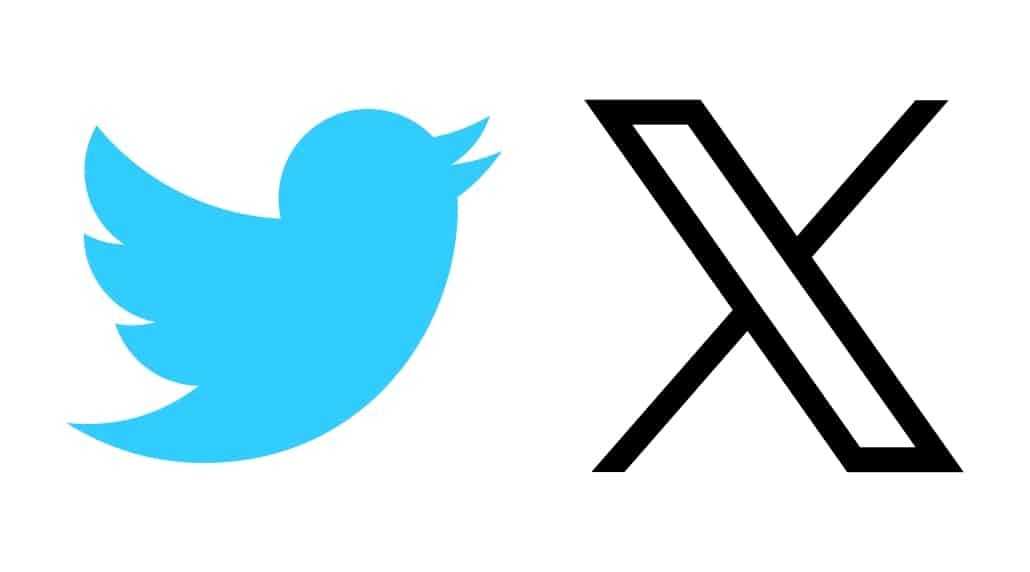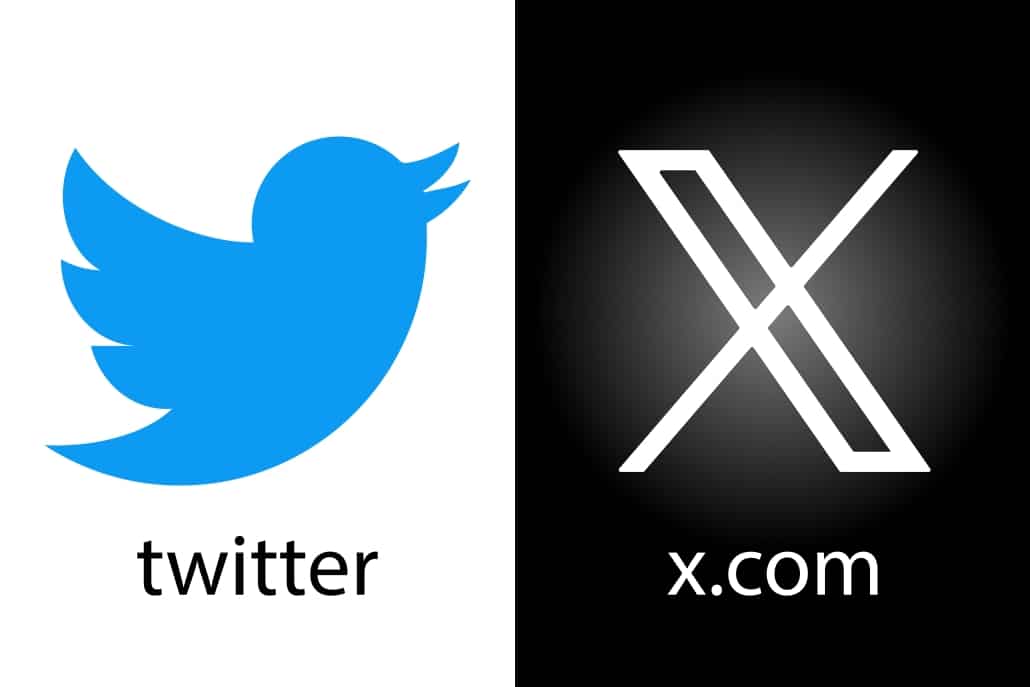Introduction
In the fast-paced realm of social media, where trends and conversations can change with a click, branding is the compass that guides users
through the digital landscape. Twitter, the microblogging platform that has become woven into the fabric of global communication,
recently embarked on a journey to rebrand its logo, sending waves of curiosity and speculation into the digital world. This article delves
into the significance of this transformation, exploring the nature of Twitter, the rationale behind the logo rebrand, and the overarching
significance of rebranding in today’s ever-evolving digital age.

Twitter – global social media, networking service. New logo of Twitter. Kyiv, Ukraine – July 24, 2023
The essence of Twitter
Founded in 2006 by Jack Dorsey, Biz Stone, and Evan Williams, Twitter has become a virtual square where people, brands, and public
figures share their thoughts, engage in conversations, and stay informed about current events—all within limits. 280 characters. Its iconic
blue bird logo has become synonymous with the platform and embodies the concept of rapid communication and the spread of ideas. For
years, the bird symbolized the very essence of Twitter: concise, fast and limitless communication.
The Reason For the Twitter logo change
Twitter’s decision to introduce its new logo, X, stems from a strategic initiative to redefine its visual identity in alignment with the
platform’s evolving role and aspirations. The logo X embodies a sense of transformation and innovation, symbolizing Twitter’s
commitment to pushing boundaries and fostering diverse conversations. The design represents a departure from the traditional,
embracing a sleek and minimalist aesthetic that resonates with modern design trends. By introducing logo X, Twitter not only embraces a
fresh, forward-looking image but also signals its dedication to staying at the forefront of digital communication and providing users with
an engaging, contemporary experience.
Logo rebranding rationale
The decision to change a well-known logo is never taken lightly. It’s a complex dance between maintaining brand identity and adapting to the evolving digital environment. In the case of Twitter, several factors contributed to the need for a logo rebrand:
- Modernization: The digital world is constantly evolving and design trends are evolving rapidly. A logo that was once cutting edge can
quickly appear dated and potentially turn off users looking for a modern environment. - Versatility: As Twitter expanded its services beyond its original microblogging roots, the need for a logo that could adapt to different
platforms and media was evident. The old logo may not have fit seamlessly into the dares array of digital spaces that Twitter now
occupies. - Global appeal: With a user base around the world, a logo should cross cultural boundaries and resonate with people from different
backgrounds. A rebranding effort can offer an opportunity to create a symbol that resonates universally. - Differentiation: In a sea of social media icons, a distinctive logo is paramount. Rebranding can allow a platform to stand out and create a
unique place in a crowded digital environment.

New Twitter vs x.com. Novation Elon Mask. popular social media button icon, instant messenger logo of Twitter. Editorial vector
The importance of Twitter logo rebranding
The decision to rebrand the logo is a strategic move that goes far beyond a mere visual facelift. It involves careful consideration of brand
identity, user perception and strategic objectives. Here are a few reasons why rebranding is essential in the modern digital age:
- Adapting to change: As the digital landscape evolves, so do user expectations. Rebranding allows a brand to align with current trends and
technologies and ensure its relevance and appeal to today’s audience. - Better User Engagement: A new logo can reignite user interest and engagement. It signals that the brand is actively developing and
continues to invest in providing a compelling user experience. - Storytelling: Rebranding provides an opportunity to tell or retell a brand story. It can communicate a shift in values, a new direction or a
renewed commitment and foster a deeper connection with users. - Competitive edge: In a competitive digital landscape, rebranding can give a brand the edge it needs to differentiate itself from the
competition. A well-executed rebranding effort can attract new users while retaining existing ones. - Cultural Relevance: As societal norms and values evolve, a brand must ensure that it is in tune with the prevailing cultural context.
Rebranding allows the brand to demonstrate its ability to respond to these changes.
Conclusion
Twitter’s decision to change its logo is a testament to the platform’s determination to remain relevant, adaptable and engaging in a
dynamic digital ecosystem. The evolution of its logo encapsulates the essence of Twitter’s journey – a journey driven by a desire to
facilitate fast and meaningful communication in an ever-changing world. This rebranding effort is a reminder that in a digital age where
trends come and go at lightning speed, a brand must be willing to evolve while staying true to its core values. As we continue to hurtle into an increasingly connected future, Twitter logo transformation serves as a symbolic representation of the brand that embraces change
while holding onto the essence that makes it unique.


